EEA reports sharp decrease in CO2 emissions of new cars in Europe in 2020
Green Car Congress
JUNE 30, 2021
Since 2017, the new Worldwide Harmonized Light Vehicle Test Procedure (WLTP) has been put in place with the objective to gradually replace the outdated New European Driving Cycle (NEDC). New car emissions were increasing as recently as two years ago, but the sharp drop last year shows that carmakers respond to CO2 standards.

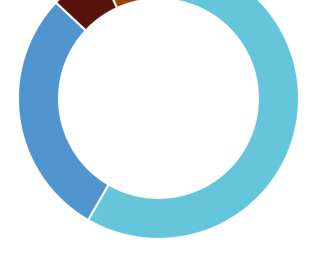










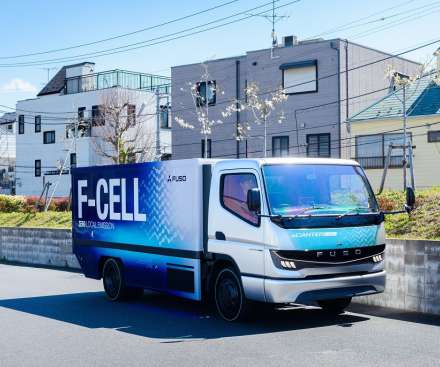


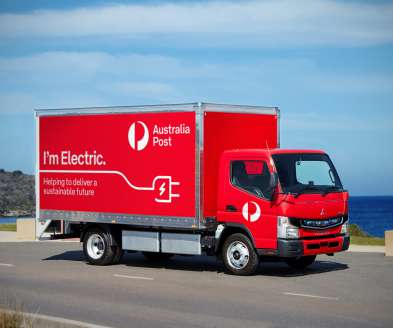



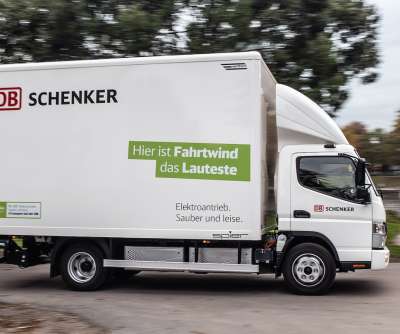











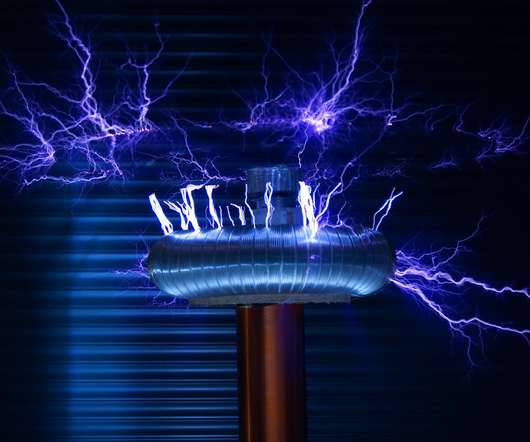










Let's personalize your content